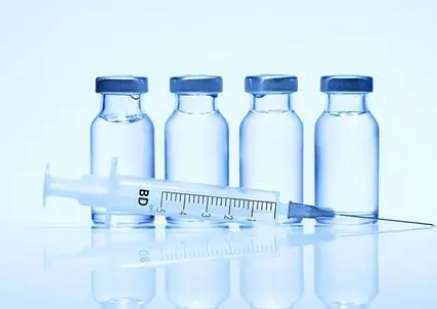Recently, some farmers have asked me what drugs are usually used to dilute ceftiofur sodium, and how to mix ceftiofur sodium to achieve better results. This article will give our farmers a general introduction to the common types of cephalosporins currently on the market, so that our farmers can choose the cephalosporins that suit them.

There are three common types of veterinary ceftiofur sodium currently on the market, namely:
① Ceftiofur sodium is in powder form, and the common packaging specifications are 1 g/bottle or 0.5 g/bottle.
② Ceftiofur hydrochloride suspension is in liquid form, and the common packaging is 20ml/bottle, 50ml/bottle, and 100ml/bottle.
③Cefquinoxime sulfate injection is in liquid form. Common packaging includes 20ml/bottle, 50ml/bottle, and 100ml/bottle.
The first cephalosporin requires us to use drugs to dilute it. The latter two cephalosporins are directly liquid and can be injected directly without dilution. The first and second cephalosporins are third-generation cephalosporins, and the third cephalosporin is fourth-generation cephalosporins.
What are the differences in efficacy between the three cephalosporins?
In fact, there is not much difference between ceftiofur injection and cefquinoxime injection in veterinary use. Some farmers may psychologically think that the fourth generation cephalosporins are better. This is a misunderstanding. Whether cephalosporin is really easy to use depends on the manufacturer you choose, whether its cephalosporin raw materials are good, and the different processing techniques lead to different effects. However, the common feature of liquid cephalosporins currently on the market is that they are expensive, resulting in high breeding costs for us. For ordinary antibacterial and anti-inflammatory drugs, their effects are indeed not very different.
As for whether cephalosporin is long-acting, it is impossible to tell just by looking at the name. I have been exposed to many manufacturers of veterinary drugs. Some liquid cephalosporins are not long-acting, and some adopt long-acting and sustained-release technology. However, the effect of one injection can only last for 3 days, while the effect of some manufacturers' cephalosporins can last for 7 days. . The reason I say this is to tell everyone that expensive ones are not necessarily good.

Currently, ceftiofur is the most commonly used drug among our farmers.Sodium, it needs to be diluted with some traditional Chinese medicine preparations, such as cephalosporin + astragalus polysaccharide, cephalosporin + Houttuynia cordata, cephalosporin + isatis root, cephalosporin + Shuanghuanglian, cephalosporin + Bupleurum, etc. Of course, it can also be combined with some antipyretic and analgesic products The drugs are diluted together, such as cephalosporin + aminopyrine, cephalosporin + metamizole, cephalosporin + flunixin meglumine, etc. The price of ceftiofur sodium is relatively cheap and suitable for our farmers. There is also ceftiofur sodium, which is packaged in a bottle of 4 grams or a bottle of 5 grams. It is not recommended to use ceftiofur sodium. It has impure ingredients and is cheap. The price is about the same as penicillin, and the effect cannot be guaranteed.
The above is an introduction to cephalosporin. Cephalosporin is a very broad-spectrum antibiotic that can be used against many bacteria and inflammations. It is a common drug in pig farms. However, many farmers are still accustomed to using penicillin for anti-inflammation. I suggested that these farmers try to use cephalosporins instead, which will have better results.




